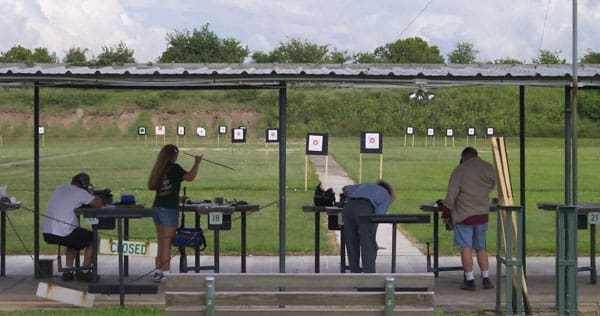
Firearms and ammunition producers have topped $17 billion in excise tax contributions to the Wildlife Restoration Belief Fund since its inception in 1937, the NSSF reported. When adjusted for inflation, the full is greater than $27.38 billion. The most recent Firearms and Ammunition Excise Tax (FAET) Assortment report launched by the Division of the Treasury, protecting the 4th Quarter Calendar Yr 2023, signifies that firearm and ammunition producers contributed greater than $222 million.
“The whole firearm and ammunition business celebrates this milestone that demonstrates our dedication to wildlife conservation for all People,” stated NSSF President and CEO Joe Bartozzi. “The firearm and ammunition business is aware of the conservation of wildlife and the habitats by which they thrive are invaluable. They’re vital to future generations collaborating in searching and the leisure taking pictures sports activities traditions and studying about their very important significance. This manufacturing business, which produces firearms and ammunition for law-abiding residents, additionally produces the funding upon which our wildlife relies upon and is significant for future generations to take pleasure in.”
The firearm and ammunition business added $1 billion in conservation tax contributions in only one 12 months. NSSF introduced Firearm and Ammunition Excise Tax (FAET) contributions have totaled greater than $1 billion yearly for the previous three years.
The Wildlife Restoration Belief Fund, generally generally known as the Pittman-Robertson fund, is funded by excise taxes paid by firearm and ammunition producers on their merchandise, in addition to archery tools producers. The excise tax is ready at 11 % of the wholesale worth for lengthy weapons and ammunition and 10 % of the wholesale worth for handguns. The excise tax, paid by producers and importers, applies to all firearms produced or imported for industrial gross sales, together with leisure taking pictures, searching or self-defense. The tax is run by the Alcohol and Tobacco Tax and Commerce Bureau (TTB) of the Division of the Treasury, which turns the funds over to the U.S. Fish and Wildlife Service (USFWS).
USFWS deposits the Pittman-Robertson revenues right into a particular account referred to as the Wildlife Restoration Belief Fund administered by the USFWS. These funds are made accessible to states and territories the 12 months following their assortment primarily based on a statutory method. Earlier this 12 months, NSSF introduced that USFWS apportioned over $1.6 billion to the states for wildlife conservation tasks, of which $944 million was sourced from Pittman-Robertson excise taxes paid by firearm and ammunition producers.
These 10 to 11 % excise tax {dollars} collected since 1937 underneath the Pittman-Robertson Federal Support in Wildlife Restoration Act are particularly designated for use by state wildlife companies for conservation and associated functions. Collectively, purchasers of firearms and ammunition, hunters and the business are the best supply of wildlife conservation funding.
— Courtesy NSSF
Editor’s Notice: Most individuals agree P-R funds are an excellent factor and the legislation was even championed by sportsmen again on the time it was handed in 1937. Nonetheless, some diehard gun guys amongst our crowd may bemoan the truth that all taxes in the end receives a commission by the buyer, and why ought to they should pay taxes that simply profit the searching neighborhood. However that’s not solely true, P-R funds, whereas used largely for wildlife administration and training, are additionally used to construct and keep public taking pictures ranges. So, there are some advantages to those that need to see individuals merely have a spot to go shoot.





















